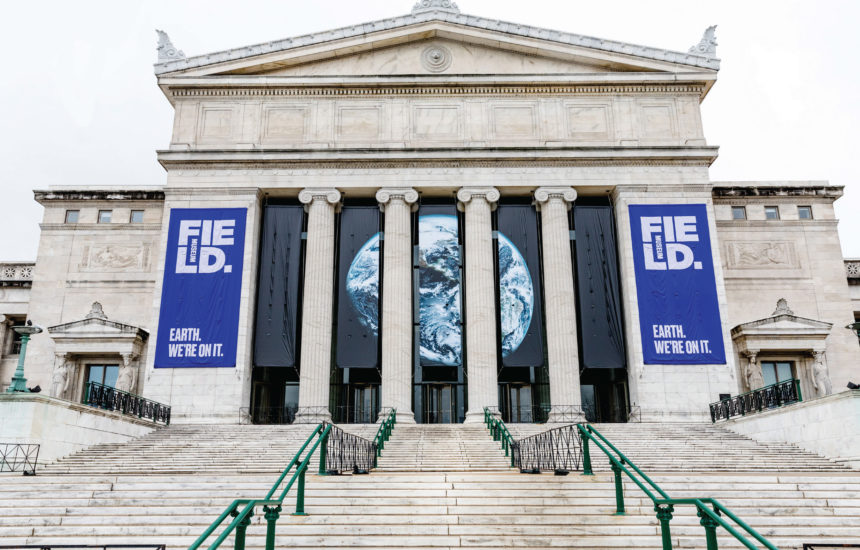Innovative Science Learning Through Storytelling


Anyone who spends time with a young child will likely relate to being asked to read the same story dozens of times, with each repetition met with the same rapt attention, wonderment, and delight as if the story were being shared for the first time.
We can support students’ deep engagement with content through innovative delivery that taps into the power of storytelling. While the immersive power of a good story to capture a child’s heart and mind has long been used as an effective tool to support learning in the domains of language arts and social studies, may not be a strategy that comes to mind as quickly in the realm of science learning. Yet the Field Museum in Chicago has developed techniques to share science knowledge through compelling narratives that can provide inspiration for both formal and informal educators.
Compelling narratives:
Read about how the Field Museum employs the key narrative components of topic, audience, purpose, narrator, and characters to fuel a journey of discovery.